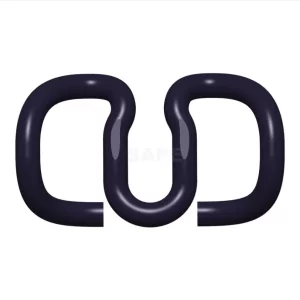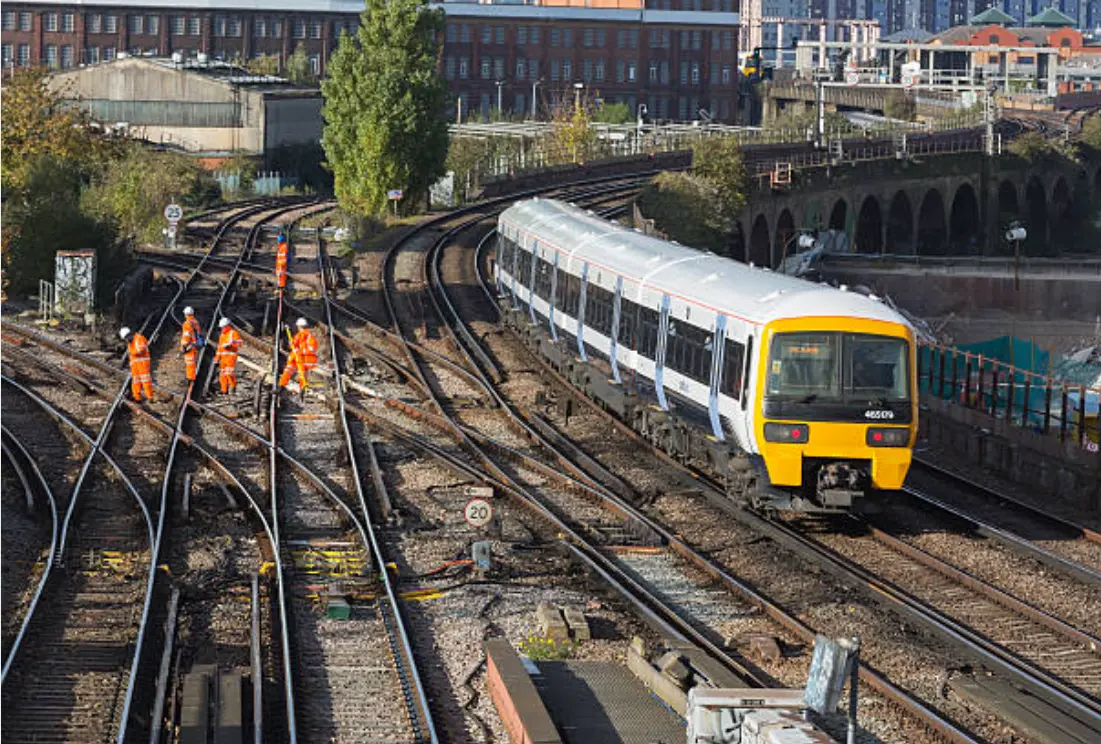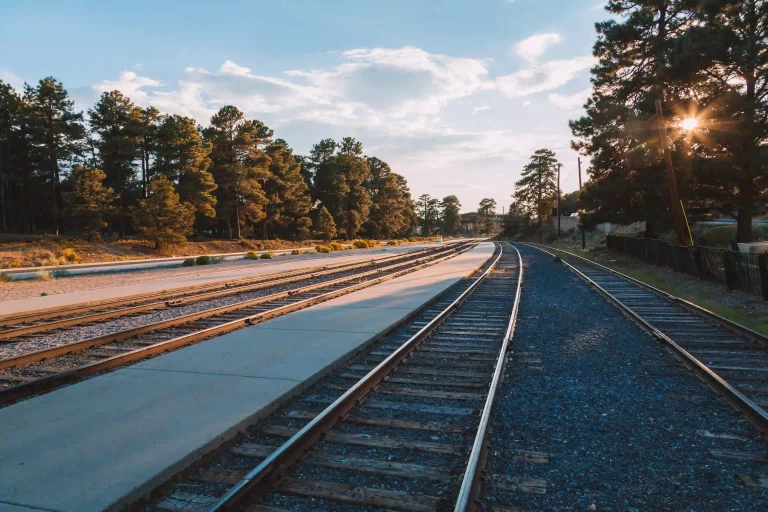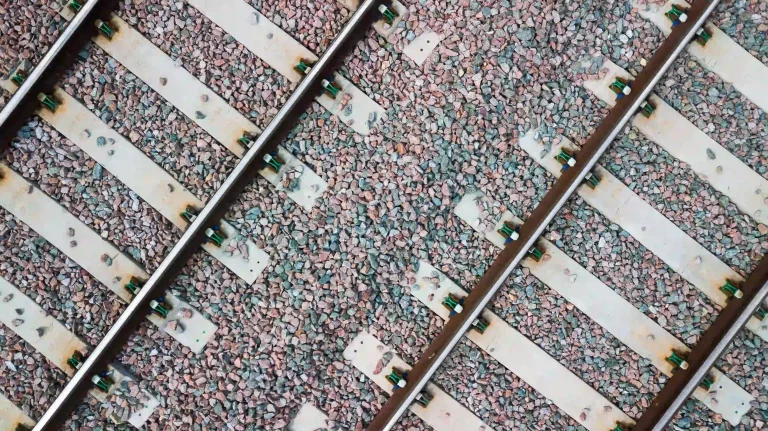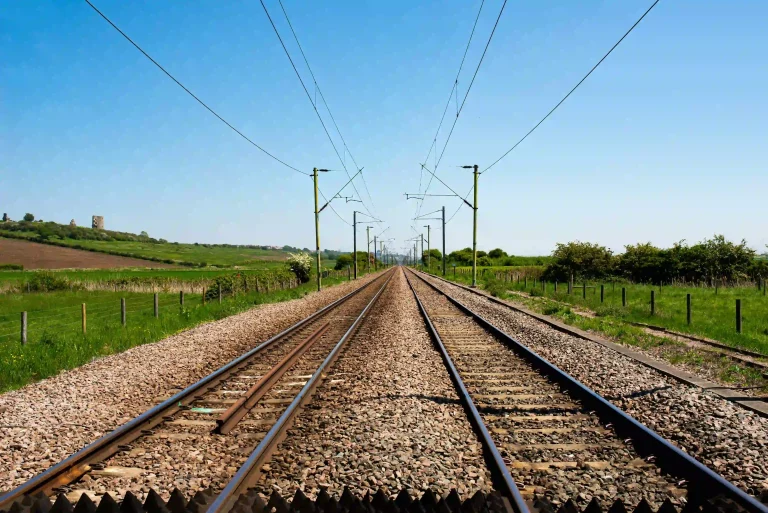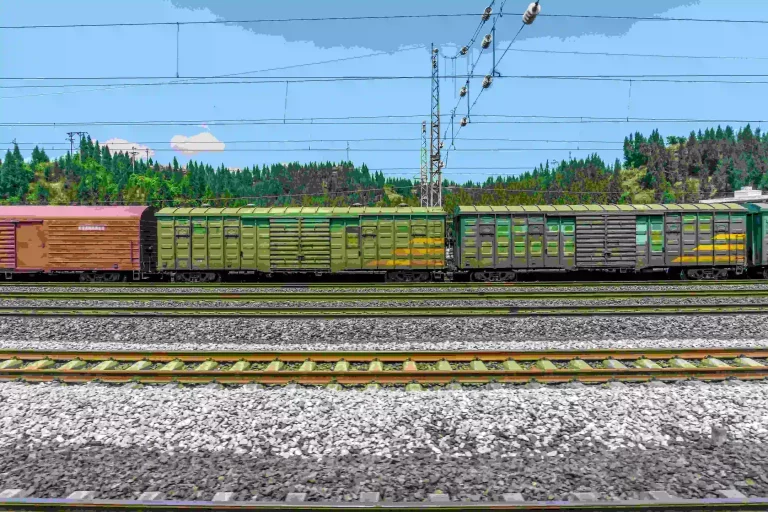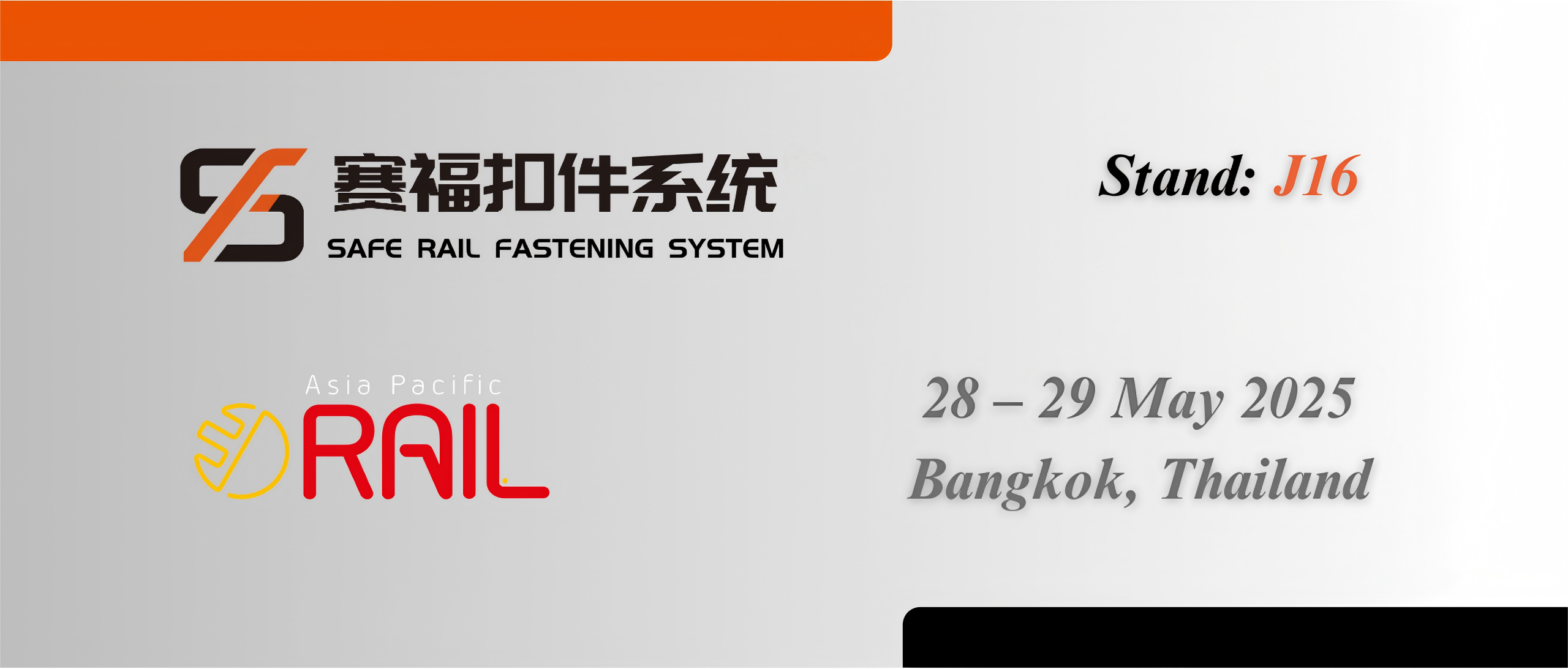The materials used for rail gauge baffles are essential for ensuring the stability and effectiveness of train systems while also posing challenges that concern professionals striving for sustainability in the industry.
Composition of Rail Gauge Baffle Materials
Rail gauge baffles are typically made up of a mix of metals, polymers, and composites due to their strength and resistance to conditions like moisture and temperature changes. Yet sourcing and refining these materials may result in disturbances, such as the loss of habitats and pollution.
Role of Tension Clamps in Rail Systems
Tension clamps play a role in fastening rails to sleepers to maintain track stability and alignment effectively. Their structure impacts not only the mechanical functionality of the rail system but also its ecological impact. A designed tension clamp can lower maintenance requirements and extend the longevity of rail parts, thus decreasing material wastage and resource usage in the long run.
Environmental Considerations in Material Selection
When choosing materials for rail gauge baffle construction, purposefully examine their effects over the entire lifecycle. From responsible sourcing with sustainable suppliers to utilizing energy-efficient manufacturing methods and ensuring recyclability post-service life conclusion. As a means to reduce adverse ecological impacts significantly by selecting eco-conscious materials and production techniques.
How Do Tension Clamps Contribute to Ecological Balance?
Tension clamps play a role in preserving the ecological equilibrium of rail systems, going beyond just being basic parts as their material makeup and structure have an impact not only directly but also indirectly, affecting environmental results.
SKL14R Tension Clamp’s Impact
The SKL14R tension clamp is well known for its durability and flexibility in applications. It is crafted from top-grade alloy steel to deliver performance under significant pressure and impact loads. The innovative design ensures that rails stay firmly secured during dynamic conditions. This feature is particularly crucial for duty and high-speed railway systems.
Corrosion Resistance and Its Ecological Implications
Resistance to corrosion plays a role in tension clamps such as the SKL14R. These clamps help prevent deterioration caused by factors and thereby decrease the need for frequent replacements in the long run. This durability not only prolongs the lifespan of railway structures but also reduces material wastage, which is essential for maintaining ecological harmony.
For individuals looking for solutions designed to meet the specific requirements of their projects, SAFE provides a range of OEM services that are comprehensive. With an engineering team and state-of-the-art manufacturing technology, SAFE can bring your design ideas to life while maintaining high-quality standards.
Opt for eco options, like the SAFE Rail Fastening System, to support environmental harmony and meet high-performance requirements in your railway endeavors.
Can OEM Solutions Enhance Ecological Sustainability?
OEM solutions have become a vital aspect of modern rail fastening systems, offering tailored options that can enhance ecological sustainability. By leveraging advanced production techniques and sustainable practices, OEM solutions can significantly contribute to reducing the environmental footprint of rail infrastructure.
Advantages of OEM in Rail Fastening Systems
When working with OEM services in rail projects that prioritize sustainability, there are benefits to be gained. These services enable the tailoring of products to comply with environmental regulations and project needs. Through the use of top-notch materials and effective production methods, OEM solutions play a role in producing long-lasting and environmentally friendly parts that support sustainable development objectives.
Technological Innovations in OEM Production
Technological progress in OEM manufacturing is key to supporting sustainability efforts within the industry sector because SAFE prioritizes state-of-the-art technology to guarantee that its production methods are both effective and eco-friendly. Using methods, like automated assembly lines and energy-saving equipment helps SAFE cut down on waste and lessen the environmental impact linked to railway fastening systems.
How Does SAFE Ensure Sustainable Practices in Rail Fastening?
SAFE Rail Fastening System is fully committed to incorporating eco initiatives throughout its activities, showcasing its dedication through strict compliance with environmental regulations and certifications.
Commitment to Environmental Standards and Certifications
SAFE’s adherence to international standards like ISO 14001 showcases its commitment to environmental stewardship. The certifications validate that SAFE’s merchandise meets environmental standards and underscore its pledge to reduce ecological impact while providing top-notch rail fastening solutions.
Sustainable Manufacturing Practices at SAFE
Sustainable manufacturing is a fundamental principle of SAFE‘s operations. The company implements strategies such as “7S” management and JIT production to efficiently utilize resources and minimize waste. With a focus on sourcing materials, from trusted suppliers and utilizing state-of-the-art testing tools, SAFE guarantees top-notch product quality while also contributing to environmental sustainability.
Industry experts looking for eco-friendly rail fastening options can benefit from collaborating with SAFE Company for access to cutting-edge technologies and environmentally friendly approaches that promote ecological harmony while meeting the requirements of today’s railway networks.
What Are the Future Prospects for Eco-Friendly Rail Fastening Solutions?
The direction of railway development is moving more towards sustainability by prioritizing friendly solutions that reduce harm to the environment while still meeting performance requirements.
Trends in Sustainable Rail Infrastructure Development
Rail infrastructure sustainable development trends prioritize the adoption of eco materials and technologies to minimize environmental impact significantly. These initiatives involve incorporating energy sources and recycled materials while implementing energy-efficient manufacturing methods. Furthermore, the incorporation of technologies to monitor and upkeep rail systems is crucial, in improving sustainability by maximizing resource utilization and prolonging the lifespan of components.
The Role of Industry Collaboration in Enhancing Sustainability
Different players in the industry need to come together to enhance friendly practices in rail infrastructure projects when manufacturers and engineers collaborate with policymakers effectively and share their expertise and creative ideas to create standards that support ecological sustainability for everyone involved in the industry overall. Collaborative efforts like shared research endeavors and partnerships across sectors within the industry can pave the way for new sustainable materials and technologies that will help steer the industry toward more environmentally conscious practices.
Interested in tailored solutions that match these movements? SAFE provides OEM services that cater to your project needs while upholding top-notch environmental practices and standards. Through partnering with SAFE, you can benefit from cutting-edge manufacturing methods that prioritize sustainability without sacrificing excellence or effectiveness.
Utilizing friendly rail fastening solutions doesn’t just help achieve environmental objectives but also improves the overall sustainability and durability of railway infrastructure in the long run. Keeping up to date with industry developments and working together collaboratively can play a role in promoting a more sustainable future for railway networks across the globe.



